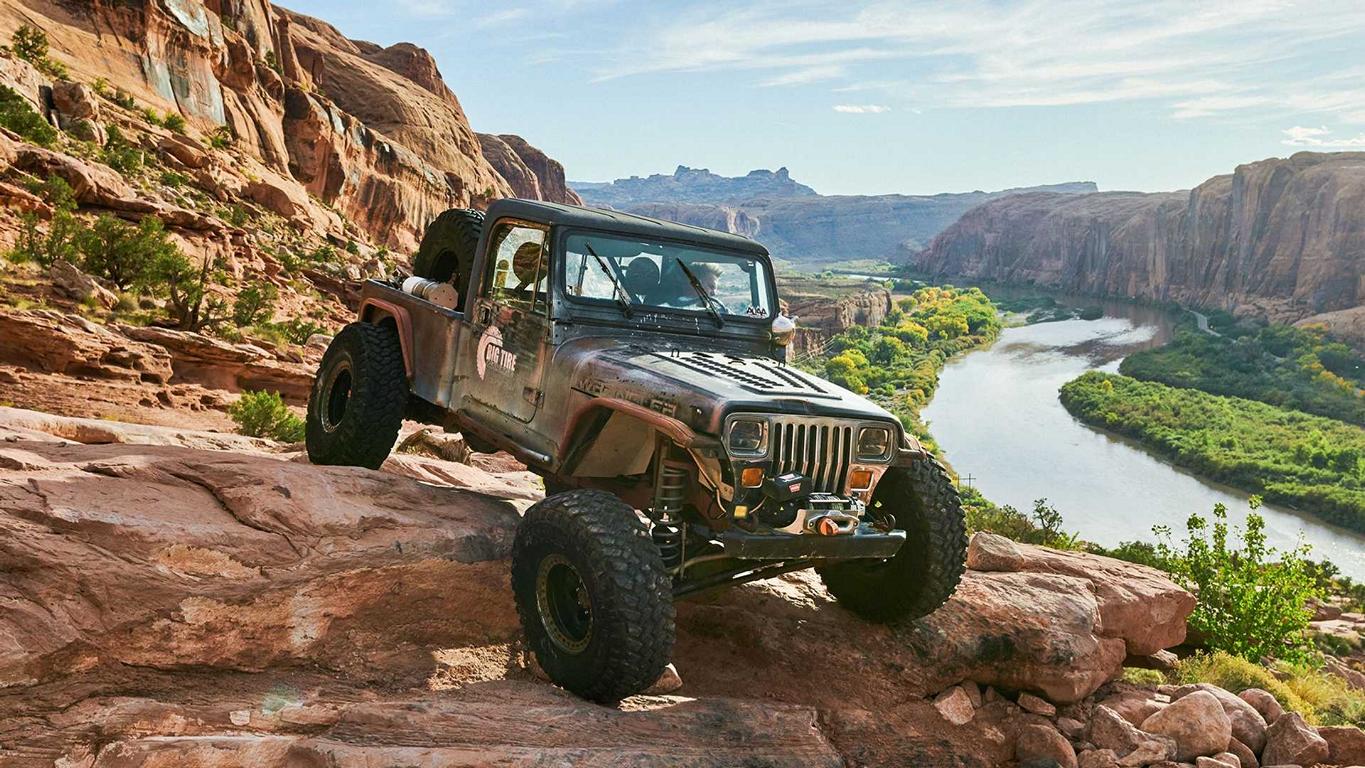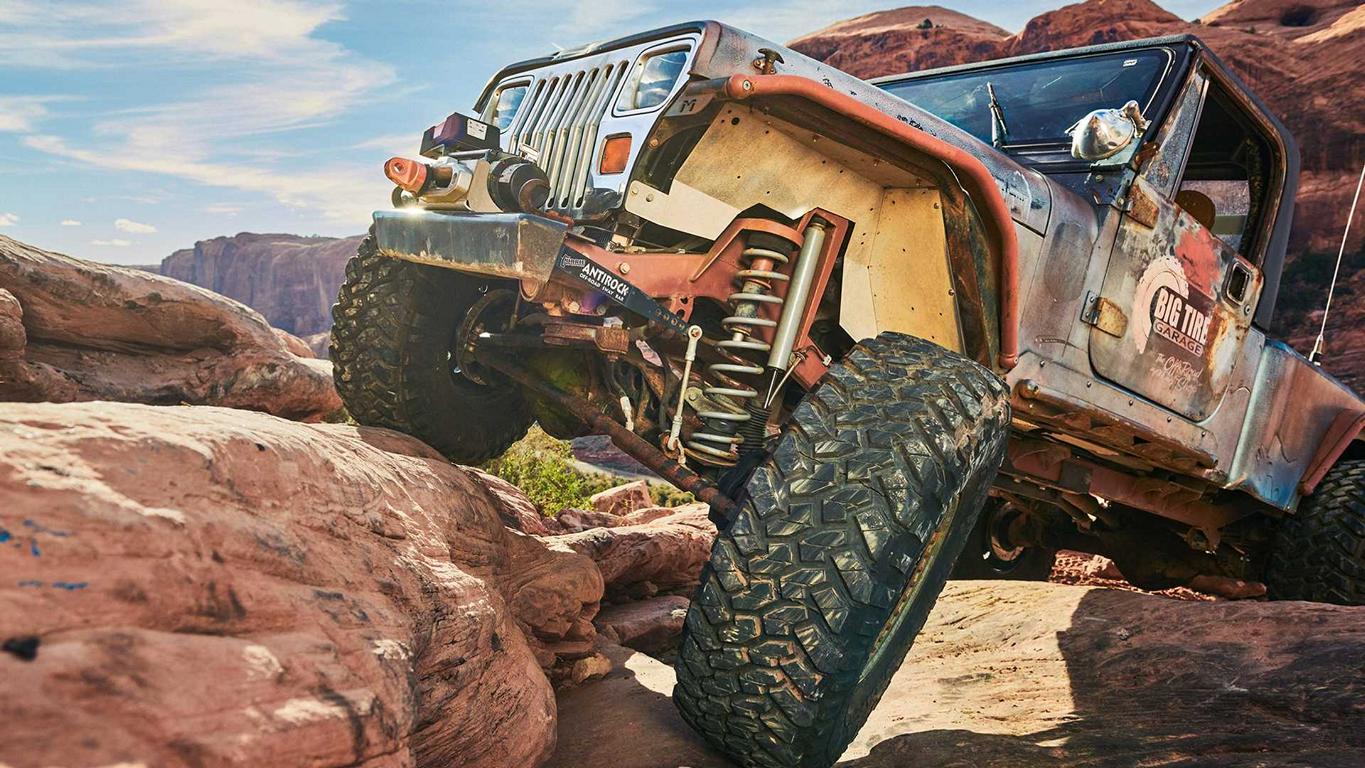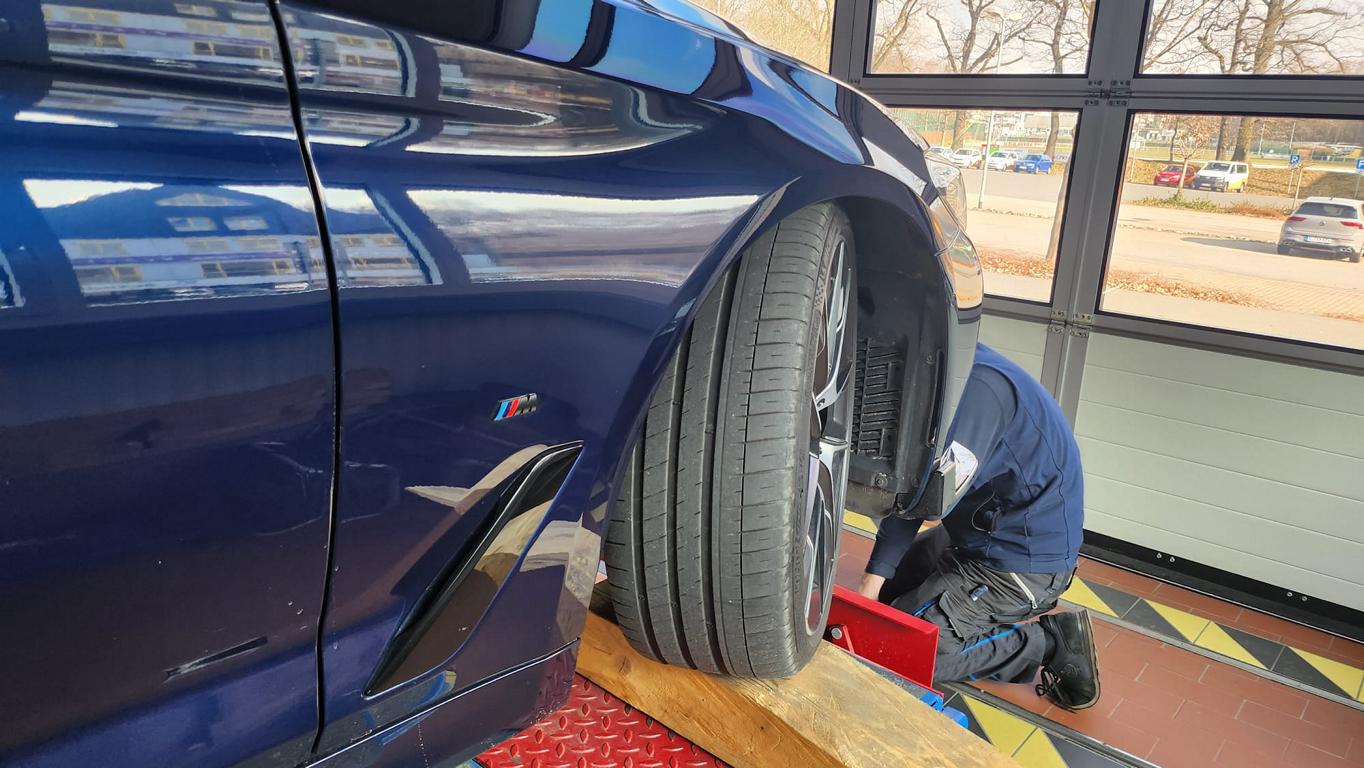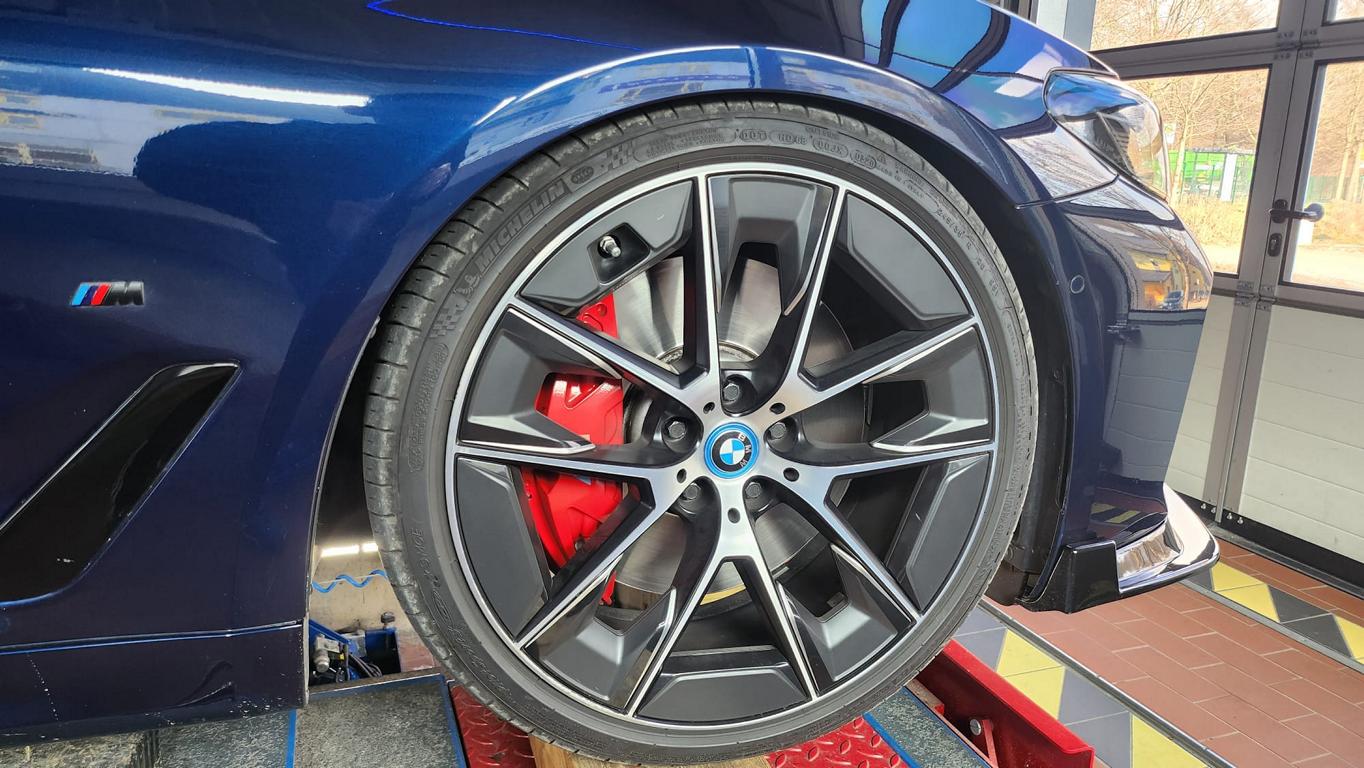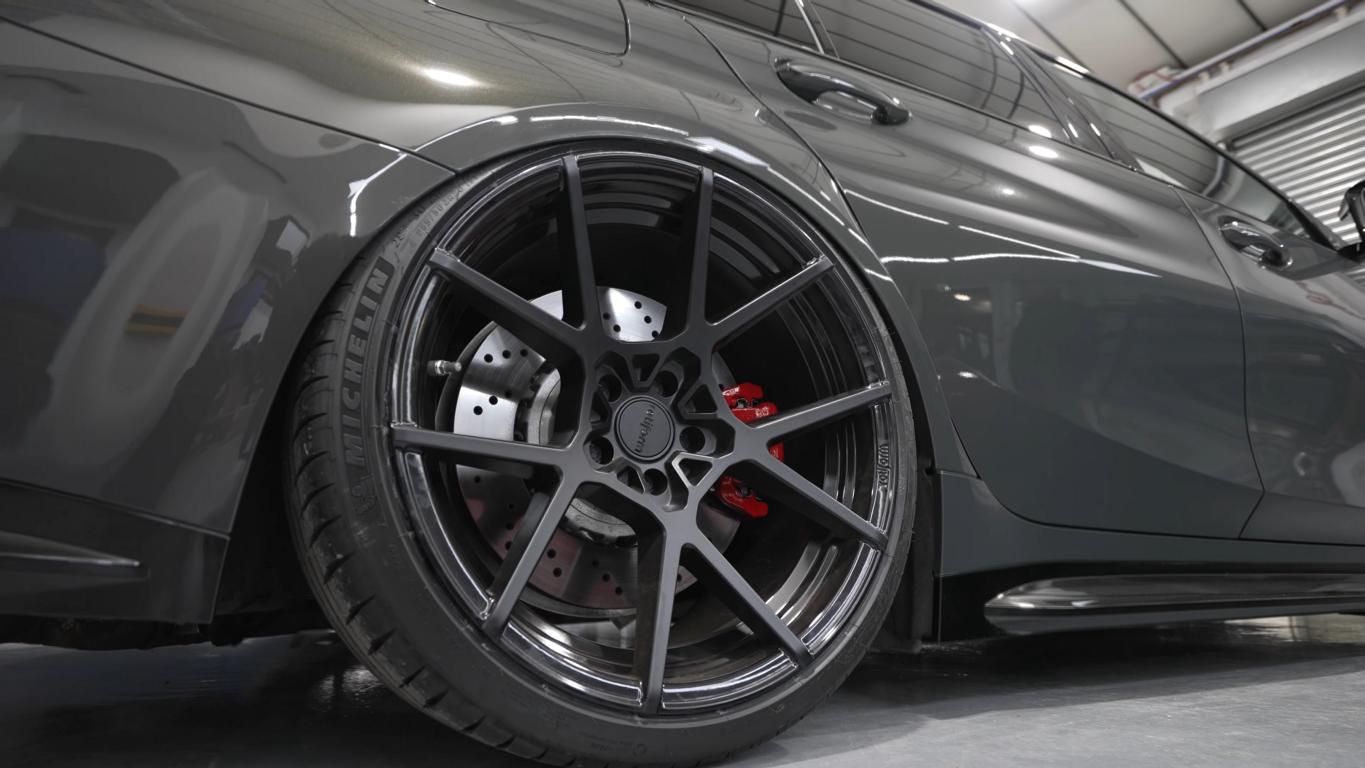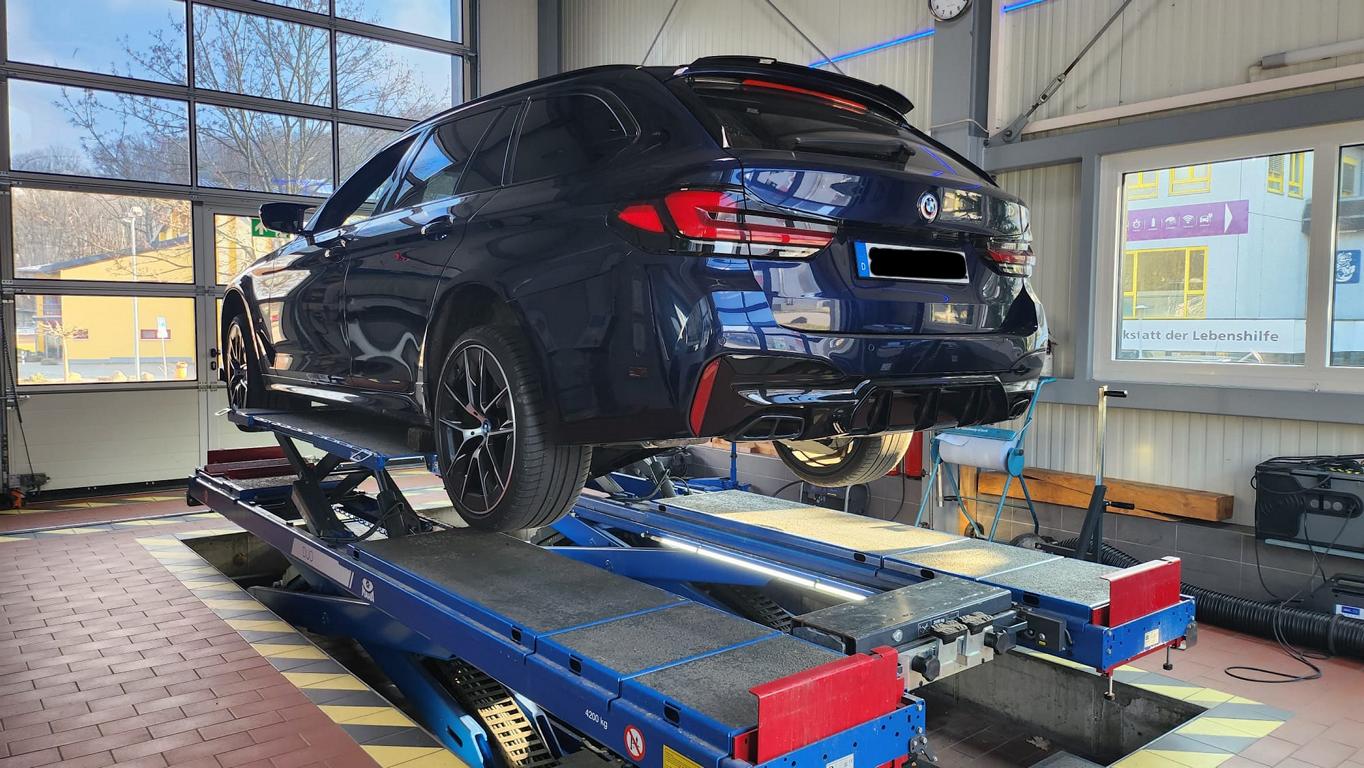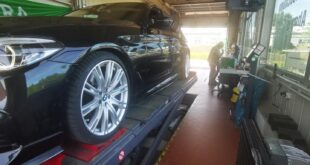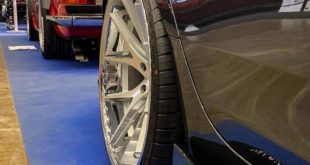Recently updated on March 11, 2024 at 02:36 am
The Entangle of the car is a method to check whether your wheel and tire combination fits well, especially if changes are made to the Suspension were made or new ones bicycles are installed. The process begins by placing an object under the diagonally opposite tire while the car is raised. Once the car is lowered, you can check that the wheels fit properly and turn freely. The procedure is particularly useful for correct track plates to choose and check whether the tires could rub while driving
locking the car
Now, Locking in the car area, a term that may not be familiar to everyone at first glance, but there is actually a world of engineering, physics and passion behind it. Entangle refers to the ability to keep all four wheels on the surface despite uneven terrain or obstacles. An invaluable feature, especially in off-road vehicles! Especially for off-road fans and adventure seekers, this is a significant engineering achievement that not only makes driving through impassable terrain safer, but also easier.
Let's get into the topic with an example: Let's think that Mercedes G-Class, a veteran in the off-road world. With a Entanglement of up to 54 cm (depending on the type), the G can actually put one foot forward while the other stays firmly on the ground - a prime example of excellent axle articulation. How does he manage that? The answer lies in the Ladder frame construction and rigid axes front and back. The design allows the wheels to move vertically without the vehicle leaning significantly. In plain language: The car remains relatively stable horizontally while the wheels adapt to the surface.
But how is this mechanism implemented? The key lies in the suspension and here especially when using Coil springs and shock absorbers. These components allow the wheels to move up and down independently of each other to optimally adapt to the terrain. The chassis remains as stable as possible to ensure safety and control for the driver. The interaction of Powertrain, suspension and Body ensures that despite extreme situations, such as climbing a rocky hill, all four wheels remain in contact with the ground and ensure the necessary traction.
Interlocking and lowering
When it comes to the Entanglement in conjunction with a Lowering we come across an extremely interesting but also sensitive topic. As is well known, folding the vehicle serves to ensure as much traction and stability as possible on uneven terrain. A lowering, on the other hand, often intended for visual reasons or to improve performance, especially in curves, can make this aspect clear impair. With lowered vehicles, the distance between the body and the road is reduced, which tends to result in a Restriction of the maximum possible entanglement .
The reason for this is simple: There is simply less space for the wheels to move up and down in the wheelhouse, without grinding on the body parts. In addition, the lowering also influences other aspects such as the center of gravity and the axle geometry, which in turn has a direct influence on driving behavior, especially off-road. Well, if the vehicle is due to the twisting and the associated load on the wheel suspensions TÜV is presented, it moves Clearance of tires in the wheel arches into focus. The examiner ensures that even at maximum entanglement no tires on parts of the body, Wheel arch liners, Bremsanlage or others Components grind.
This is not only essential for safety while driving, but also to ensure a Approval for road traffic to obtain. If the inspector is not satisfied with the freedom of movement, there is a risk that the vehicle will not be registered or Remodeling be required to have one modification acceptance to obtain. It is therefore essential to always include this when making modifications such as lowering Entanglement and the general suspension to keep an eye on it to ensure both safety and TÜV compliance.
FAQ about locking a car:
- What exactly is meant by “entanglement” in vehicles? Articulation refers to a vehicle's ability to keep all four wheels on the ground, even when traveling on uneven surfaces or over obstacles. This is often achieved through special suspension and spring systems that allow the wheels to move independently and adapt to the terrain.
- How do you perform an entanglement test? An entanglement test, particularly as part of a TÜV inspection, aims to check the freedom of movement of a wheel/tire combination. During the procedure, the vehicle is picked up or lowered once at the front left and once at the rear right, so that a completely folded position is created.
- What needs to be taken into account when it comes to wheel and tire clearance? In order to be considered free-running, the wheel/tire combination must have sufficient clearance from various vehicle components: at least 4 mm from chassis parts, at least 6 mm from body parts and at least 2 mm from parts of the wheel suspension, as well as the brake and steering system.
- What are the regulations regarding wheel covers with EC approval? For vehicles with EC approval it is necessary that the entire wheel is covered within the green marking. Outer flank and rim edge: Neither the outer side of the tire nor the edge of the rim may protrude beyond the cover.
- What requirements apply to the wheel cover for national approval? According to national registration regulations, the wheels must have a cover at least in their upper half area that extends at least over the tread width of the tires. Outer flank and rim edge: In contrast to EC approval, both the outer flank and the edge of the rim are allowed to protrude beyond the wheel cover.
- How does lowering affect the entanglement? Lowering can reduce the ability to tuck, as the smaller distance between the body and the road limits the range of movement of the wheels. This can lead to limited traction and stability on uneven terrain.
- What does the TÜV test in relation to entanglement and lowering? The TÜV checks safety and legal requirements. In the context of interlocking and lowering, particular attention is paid to ensuring that the wheels even at maximum entanglement Have sufficient freedom of movement in the wheel arch and do not touch or drag any components.
- Is it possible to subsequently improve the articulation in lowered vehicles? This can vary from vehicle to vehicle. In some cases, adjustments like this may occur Pulling the fenders or Removing the wheel arch liners be made to improve the articulation even though the vehicle is lowered.
- How can I ensure that my lowered vehicle passes its MOT? To ensure that a lowered vehicle passes its MOT, you should ensure that all changes have been carried out professionally, all necessary entries are in place and the vehicle complies with legal requirements, for example with regard to tire clearance and lighting conditions.
thematically relevant posts
In our category Tips, products, information & Co We have reviews of car or accessories manufacturers, new ones Tuning Wiki Terms or one or the other Leak veröffentlicht.
 tuningblog.eu Your magazine about tuning the car
tuningblog.eu Your magazine about tuning the car
